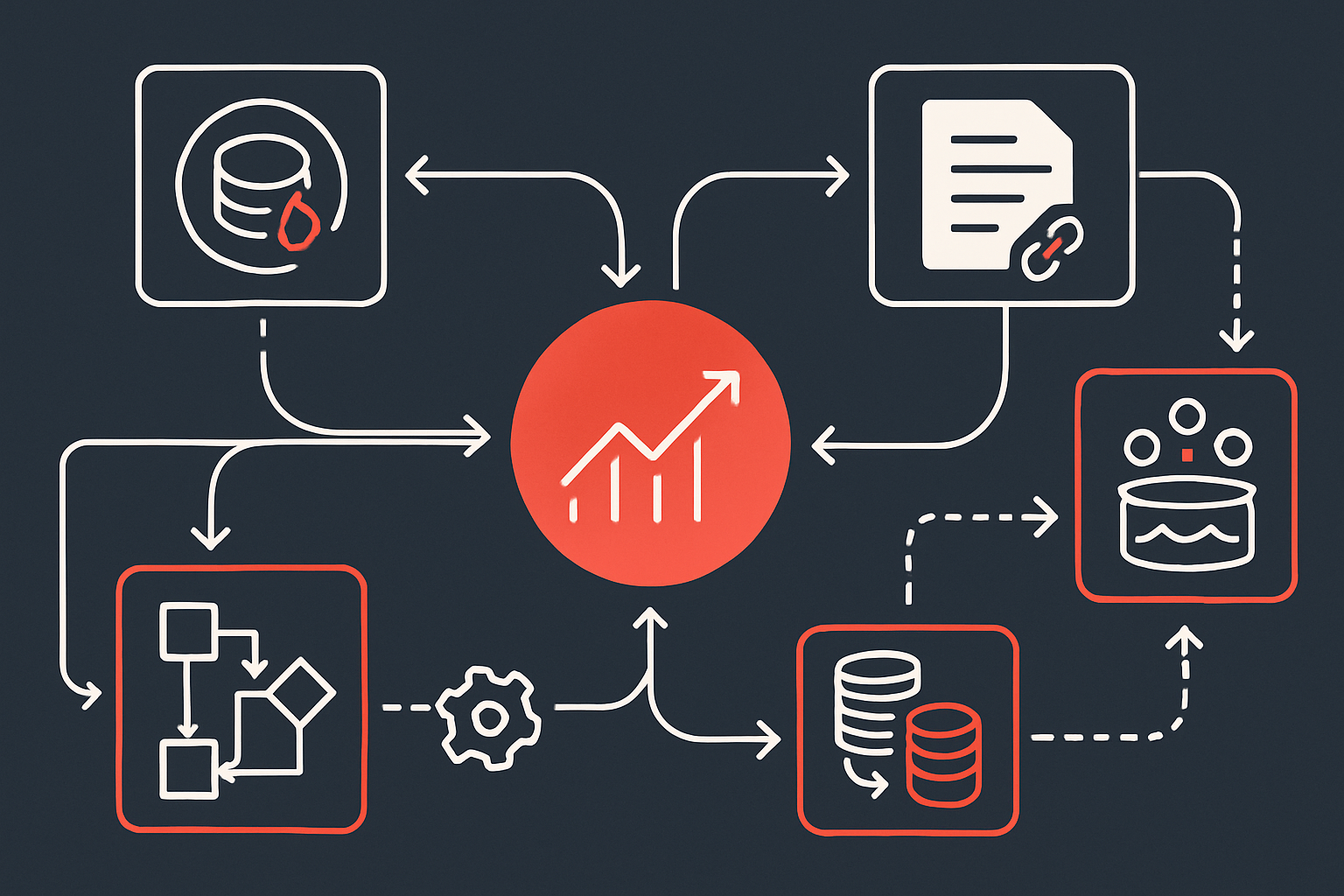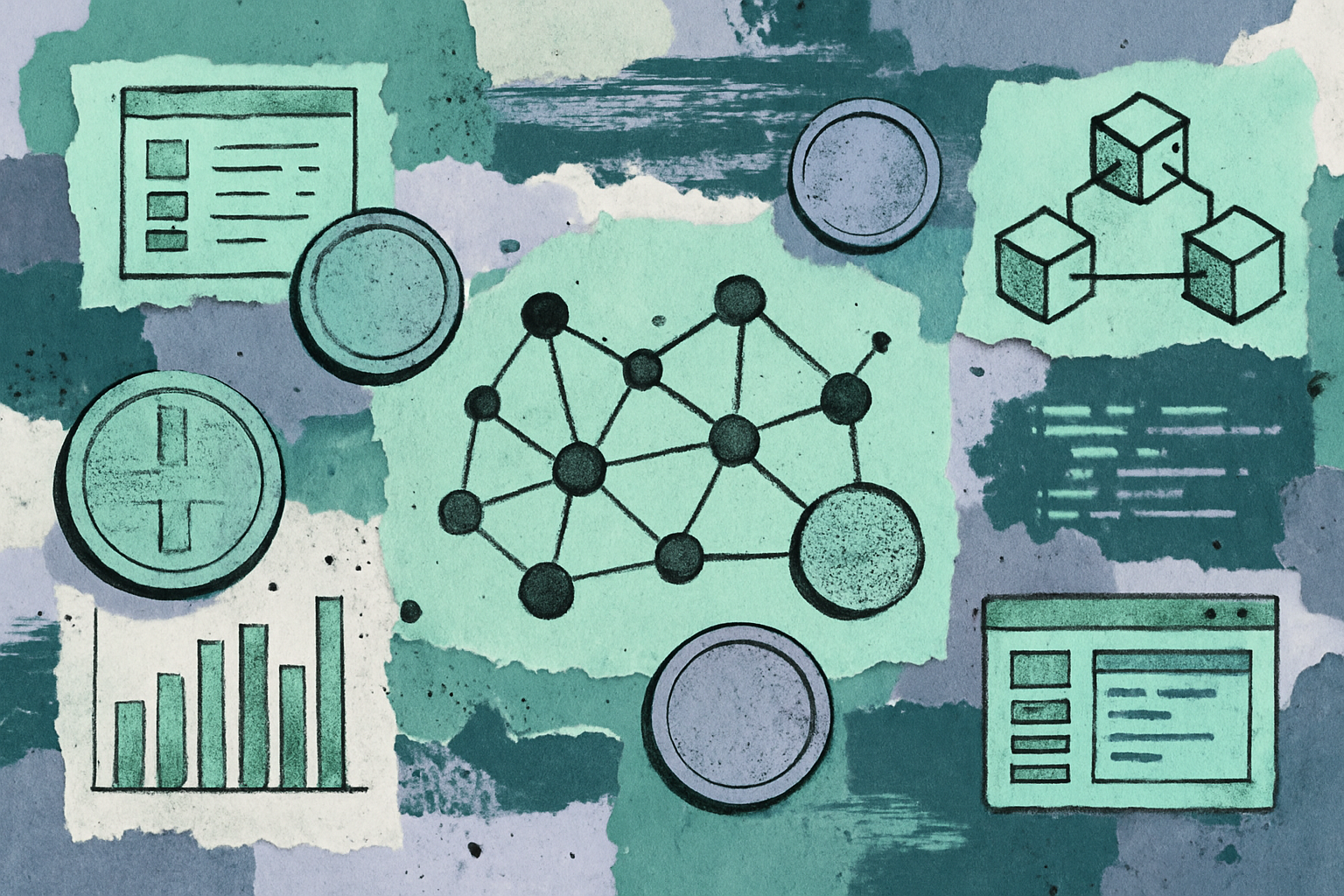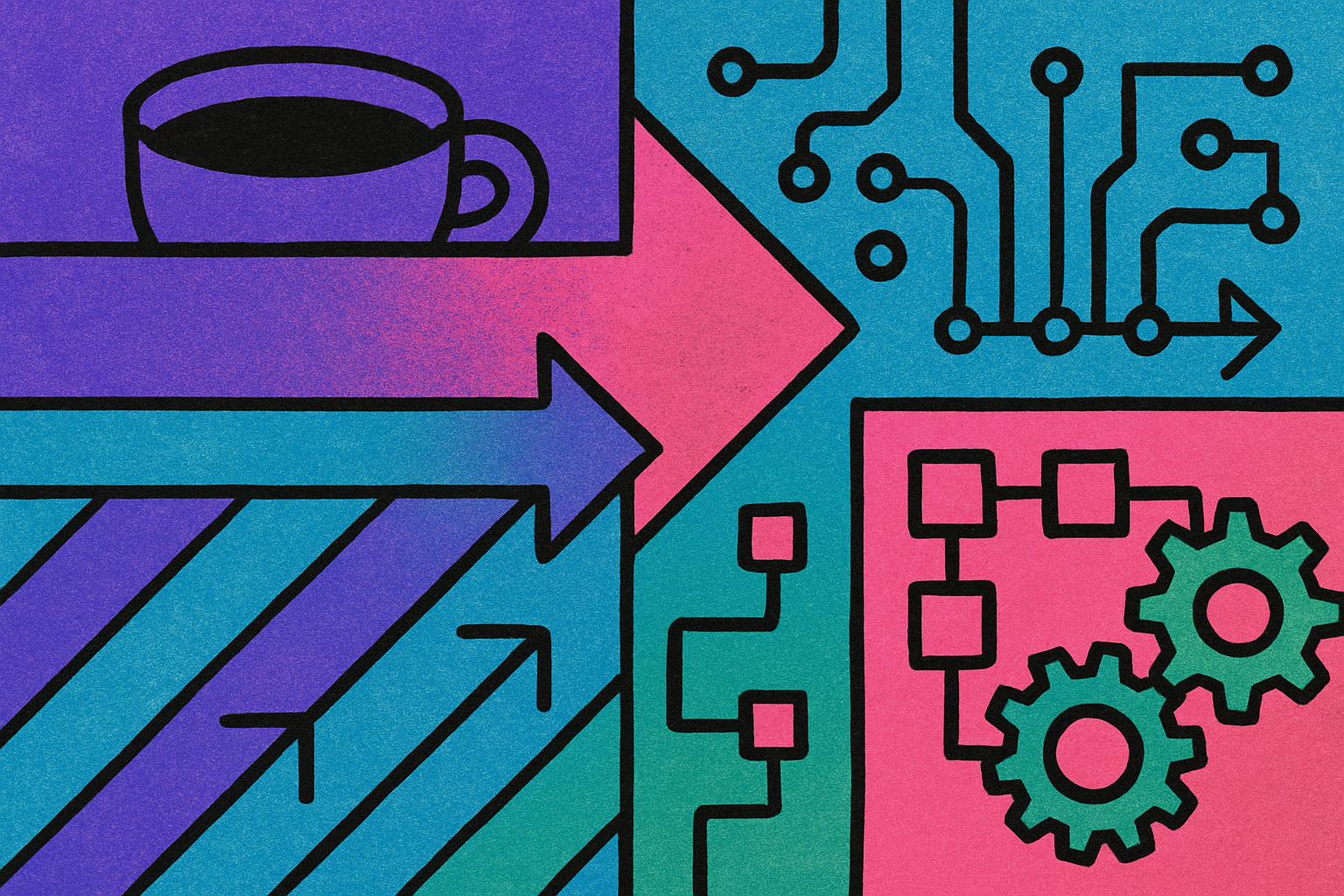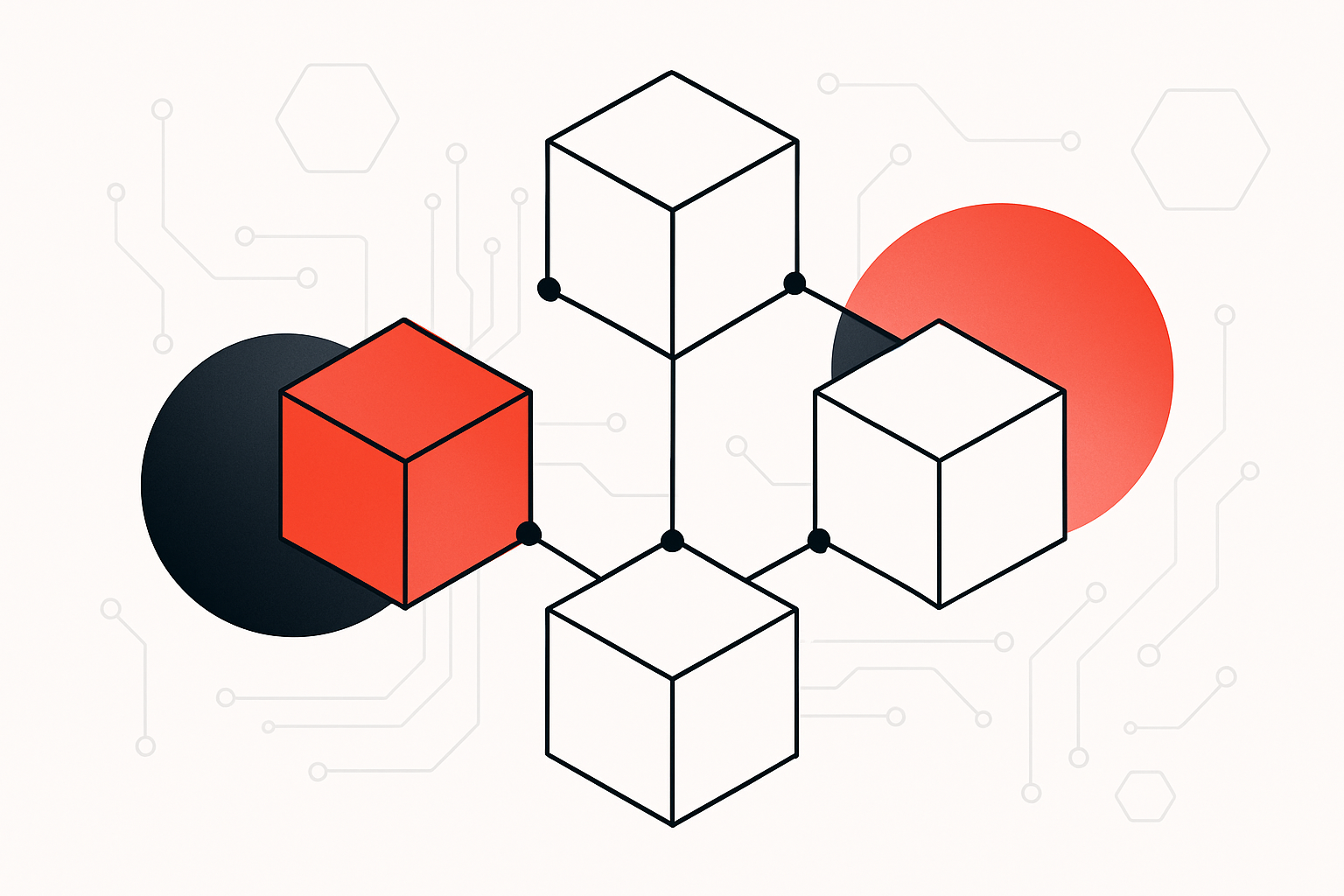
Ethereum’s rollup-centric roadmap has delivered a surge in Layer 2 (L2) activity, but it has also introduced a new set of obstacles: fragmentation of liquidity, isolated application silos, and complex cross-chain user experiences. In 2025, the conversation is shifting from simply scaling throughput to building objective-centric rollups that prioritize seamless interoperability. The linchpin of this evolution is shared sequencing, a technical innovation that is rapidly redefining how rollups interact within the superchain.

Why Fragmentation Still Plagues L2s
Rollups have been instrumental in reducing costs and increasing transaction capacity on Ethereum by processing transactions off-chain before submitting proofs back to mainnet. However, each rollup typically operates its own sequencer, the component responsible for ordering transactions and producing blocks. While this design enables rapid block production and tailored features for individual chains, it also creates a fragmented landscape:
- Liquidity pools are siloed: Assets and users are spread across dozens of L2s, making it difficult to move capital efficiently or aggregate deep liquidity for DeFi protocols.
- Composability suffers: Smart contracts on one rollup cannot easily interact with those on another without using complex bridges or external messaging protocols.
- User experience degrades: Navigating between different rollups often means juggling multiple wallets, bridges, and interfaces, a far cry from the seamless UX that mainstream adoption demands.
This fragmentation undermines the very promise of modular blockchain architecture: that specialized chains can work together as part of a cohesive whole. The market is now demanding solutions that unify these disparate components without sacrificing security or performance.
The Shared Sequencing Revolution
Shared sequencing superchain solutions represent a paradigm shift. Instead of each rollup maintaining its own isolated sequencer (often centralized), multiple rollups coordinate transaction ordering through a common sequencer network. This approach unlocks several critical benefits:
- Synchronized Ordering: Transactions spanning several rollups can be executed atomically, either all succeed or none do, enabling true cross-chain composability for dApps and DeFi primitives.
- Unified Liquidity Pools: By coordinating transaction flow across chains, shared sequencers facilitate capital movement between L2s with minimal friction, maximizing utilization and reducing slippage.
- Censorship Resistance: Decentralized sequencers like Espresso Systems remove single points of failure and increase resistance to censorship compared to centralized alternatives.
- Developer Simplicity: Builders can design applications that operate across multiple rollups natively, without needing bespoke bridging logic or custom middleware.
The result is an environment where liquidity flows freely and applications become truly interoperable, aligning with the vision behind Optimism’s Superchain initiative and similar projects.
Pioneers in Shared Sequencing: Espresso Systems and Beyond
The most prominent example in 2025 is Espresso Systems’ decentralized shared sequencer. Unlike traditional models where each OP Stack chain runs its own centralized ordering service, Espresso allows any number of rollups to plug into a single decentralized network for transaction sequencing. This not only enhances censorship resistance but also supports both optimistic and ZK proving mechanisms, accommodating everything from Base to ZK Stack-based chains.
The integration between EspressoSys OP Stack chains demonstrates real-world progress toward superchain interoperability. As more L2s connect via shared sequencing networks, we see tangible improvements in cross-chain user experience (UX) within the superchain ecosystem:
- No more fragmented liquidity pools; assets can move atomically between dApps on different chains.
- dApps can compose logic across L2 boundaries without complex bridging infrastructure or trust assumptions.
- User workflows become simpler as transactions can span multiple rollups seamlessly within a single interface.
This approach is complemented by other emerging solutions such as Omni Network’s unified Layer 1 for low-latency messaging between Ethereum’s rollups, as well as “based” rollup architectures leveraging Ethereum’s native sequencing layer for global state access. Collectively, these advances point toward a future where modular blockchain architecture achieves its full potential through robust interoperability standards rather than isolated technical silos.
Despite these advances, the transition to shared sequencing is not without its hurdles. Ensuring fair transaction ordering across multiple rollups remains a technical and governance challenge. With the rise of cross-rollup activity, the risk of cross-domain MEV (Maximal Extractable Value) extraction increases, requiring new mitigation strategies and monitoring tools. Decentralizing sequencer infrastructure is also a delicate balance between maintaining high performance and distributing trust, especially as more OP Stack chains join the network.
Espresso Systems, for example, has pioneered a system that supports both optimistic and ZK rollups with modularity at its core. This flexibility allows developers to select the best proving mechanism for their use case while benefiting from a common sequencing layer. The result: greater efficiency for DeFi protocols, lower bridge risk, and a more composable superchain environment.
The impact on end users is already visible in early deployments: faster settlement times for cross-chain swaps, reduced slippage in multi-chain liquidity pools, and an overall smoother experience when interacting with dApps that span multiple L2s. As more projects adopt shared sequencing networks like Espresso, we expect these benefits to become standard across the ecosystem.
What’s Next for Objective-Centric Rollups?
The maturation of shared sequencing will drive new design patterns in 2025 and beyond. Objective-centric rollups: chains purpose-built for specific functions or communities, will increasingly rely on shared sequencers to maintain interoperability without sacrificing specialization. For instance:
- Finance-focused L2s can tap unified liquidity pools while retaining custom governance or compliance modules.
- NFT/gaming rollups benefit from seamless asset transfers across ecosystems, unlocking new user experiences and business models.
- Enterprise/private rollups can plug into public shared sequencers for cross-domain settlements while preserving internal privacy requirements.
This move toward modular yet interoperable architecture is catalyzing fresh capital inflows and developer interest in the superchain movement. As standards like SuperchainERC20 mature and decentralized interoperability layers become ubiquitous, we anticipate an explosion of cross-chain applications that were previously impractical due to fragmentation.
The coming year will be pivotal as OP Stack chains continue to integrate with platforms like Espresso Systems and Omni Network. The focus will shift from overcoming fragmentation to optimizing performance, security, and user experience at scale. Market participants should monitor adoption metrics closely as these innovations move from pilot phases into mainstream usage, especially as composability becomes a baseline expectation rather than a luxury feature.
The superchain thesis is no longer just theoretical; it’s being realized through objective-centric rollups empowered by shared sequencing networks. This shift promises not only deeper liquidity pools but also a genuinely unified Ethereum ecosystem where modularity no longer means isolation but instead enables robust collaboration across specialized chains.





